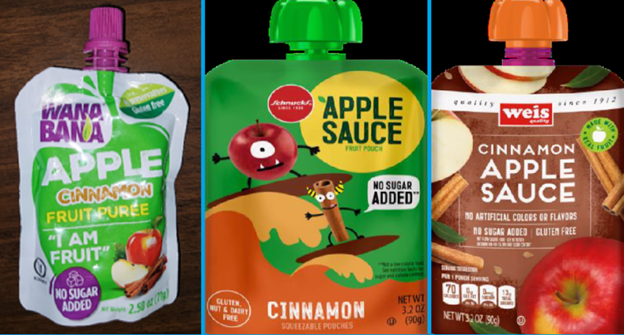Tom Neltner, Senior Director, Safer Chemicals
EDF this week submitted comments to the Food and Drug Administration (FDA), applauding the agency’s recent activities related to its Closer to Zero Action Plan for reducing toxic elements in children’s food and outlining specific steps to strengthen the FDA’s action.
The agency’s November 18 public meeting on the action plan included excellent presentations by scientists as well as an extended public comment period and an opportunity to provide written follow-up comments. We also appreciate the December 1 colloquium focusing on the latest evidence showing the significant risks posed by arsenic to the development of children’s nervous and immune systems.
Our primary takeaways from these meetings are that:
- There is an urgent need for FDA and industry to do more to reduce lead, arsenic, and cadmium levels in food that children eat, given the evidence that there are no safe levels of exposure;
- FDA faces a challenge in effectively communicating to the public about the risks from even relatively low-level, short-term exposure to lead and arsenic;
- Folic acid and iron play an important role in reducing – but not eliminating – the harm from these toxic elements; and
- The U.S. Department of Agriculture (USDA) and the Environmental Protection Agency (EPA) play a critical supporting role in the overall effort to protect children from these toxic elements.
The Closer to Zero plan is a step forward because it commits FDA to specific actions and general deadlines for the first time. In our comments, we identify eight areas for improvement with specific suggestions for each that we think the agency can and should adopt to strengthen its efforts. These are:
- Reduce the maximum daily intake level / IRL for lead from 3 to 2 µg per day for children and from 12.5 to 9 µg per day for adults as the next step towards the Closer to Zero goal.
- Reverse the flawed practice of evaluating lead content of each food in isolation and allowing those with high levels to remain in commerce. Instead, FDA should focus on comparing the product to other lot numbers or private brand to its competitors as recommended by 22 state attorneys general.
- Release the Total Diet Study results for 2018-19 cycle and investigate outliers.
- Define “as low as possible” based on best performing ingredients or products in a class.
- Define “children’s food” to include foods commonly consumed by children younger than six years of age.
- Be consistent on public health messaging and avoid phrases like “no immediate health hazard.”
- Move up deadlines for arsenic and cadmium action levels.
- Add milestone for compliance verification with action levels and preventive controls.
We look forward to continuing to work with FDA to ensure that levels of toxic metals in children’s food really do get closer to zero.











 The FDA’s critical role in the COVID-19 pandemic has brought intense interest in whom President Biden will nominate to lead the agency as its new commissioner.
The FDA’s critical role in the COVID-19 pandemic has brought intense interest in whom President Biden will nominate to lead the agency as its new commissioner.